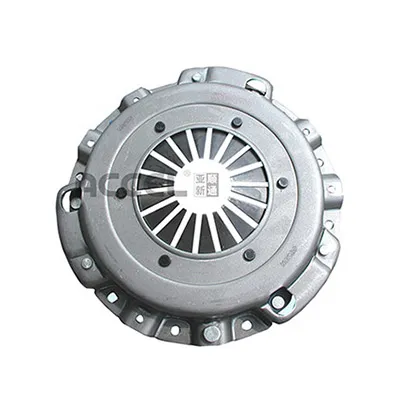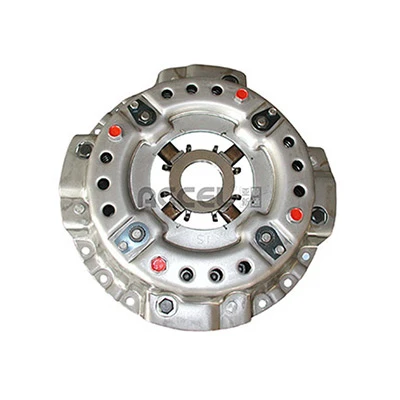The use of clay pebbles in horticulture has been gaining momentum among both hobby gardeners and professional growers alike. These small, spherical aggregates made of heated, expanded clay are not only versatile but also incredibly effective in delivering an optimal environment for plant growth. Let's delve into why grow t clay pebbles stand out in the realm of hydroponic and aquaponic systems, and how you can utilize them effectively in your gardening journey.
Furthermore, clay pebbles are compatible with numerous plants— from herbs and leafy greens to fruiting varieties. Their ability to facilitate root expansion makes them ideal for fast-growing plants, resulting in robust and healthy yields. For those in urban settings or with limited space, clay pebbles' lightweight nature supports vertical growth systems, maximizing output in minimal spaces. Nevertheless, while clay pebbles are incredibly beneficial, they should be chosen and used with consideration of their specific applications. For instance, in ebb and flow systems, their draining properties can be fully exploited. However, in drip systems, one might need to adjust the irrigation to compensate for their moisture-retentive qualities. For aquaponics, where fish waste serves as the plant nutrient source, clay pebbles play a crucial role in biofiltration. The surface area of these pebbles acts as a host for beneficial bacteria, converting ammonia from fish waste into nitrates— a crucial nutrient for plant growth. Ensuring that this balance is maintained is vital for the health of both fish and plants in an aquaponic setup. Regular monitoring and maintenance of the water chemistry, therefore, underpin the successful use of clay pebbles in such systems. The evolutionary trajectory of agricultural practices is heading towards more efficient and sustainable methods, with hydroponics and similar techniques at the forefront. Clay pebbles, with their multitude of advantages— aeration, durability, pH neutrality, reusability, and more— fit seamlessly into this innovation landscape. In conclusion, as a gardener, whether embarking on a commercial venture or tending to a home garden, integrating clay pebbles can enhance growth prosperity. By ensuring proper preparation, selecting the appropriate system, and maintaining environmental conditions, clay pebbles prove to be an indispensable asset in the path towards abundant, healthy plant produce. Their adaptability and performance reaffirm their place in the toolkit of modern gardeners, validating investment in this tangible, long-term growth solution.


Furthermore, clay pebbles are compatible with numerous plants— from herbs and leafy greens to fruiting varieties. Their ability to facilitate root expansion makes them ideal for fast-growing plants, resulting in robust and healthy yields. For those in urban settings or with limited space, clay pebbles' lightweight nature supports vertical growth systems, maximizing output in minimal spaces. Nevertheless, while clay pebbles are incredibly beneficial, they should be chosen and used with consideration of their specific applications. For instance, in ebb and flow systems, their draining properties can be fully exploited. However, in drip systems, one might need to adjust the irrigation to compensate for their moisture-retentive qualities. For aquaponics, where fish waste serves as the plant nutrient source, clay pebbles play a crucial role in biofiltration. The surface area of these pebbles acts as a host for beneficial bacteria, converting ammonia from fish waste into nitrates— a crucial nutrient for plant growth. Ensuring that this balance is maintained is vital for the health of both fish and plants in an aquaponic setup. Regular monitoring and maintenance of the water chemistry, therefore, underpin the successful use of clay pebbles in such systems. The evolutionary trajectory of agricultural practices is heading towards more efficient and sustainable methods, with hydroponics and similar techniques at the forefront. Clay pebbles, with their multitude of advantages— aeration, durability, pH neutrality, reusability, and more— fit seamlessly into this innovation landscape. In conclusion, as a gardener, whether embarking on a commercial venture or tending to a home garden, integrating clay pebbles can enhance growth prosperity. By ensuring proper preparation, selecting the appropriate system, and maintaining environmental conditions, clay pebbles prove to be an indispensable asset in the path towards abundant, healthy plant produce. Their adaptability and performance reaffirm their place in the toolkit of modern gardeners, validating investment in this tangible, long-term growth solution.
Prev:
Latest news
-
The Versatile World of Phlogopite Mica: Properties, Forms, and ApplicationsNewsJul.14,2025
-
The Versatile Applications of Calcined Mica: From Decoration to Industrial UseNewsJul.14,2025
-
The Role of Muscovite Mica in Industrial Insulation MaterialsNewsJul.14,2025
-
The Benefits of Using Expanded Clay Pebbles in Hydroponics and Soil GardeningNewsJul.14,2025
-
Innovative Applications of Mica Flake in Paints and CoatingsNewsJul.14,2025
-
Gardening Expanded Clay Usage: A Complete GuideNewsJul.14,2025
-
The Use of Natural Mica Powder in Skincare ProductsNewsJun.11,2025
Related Products








